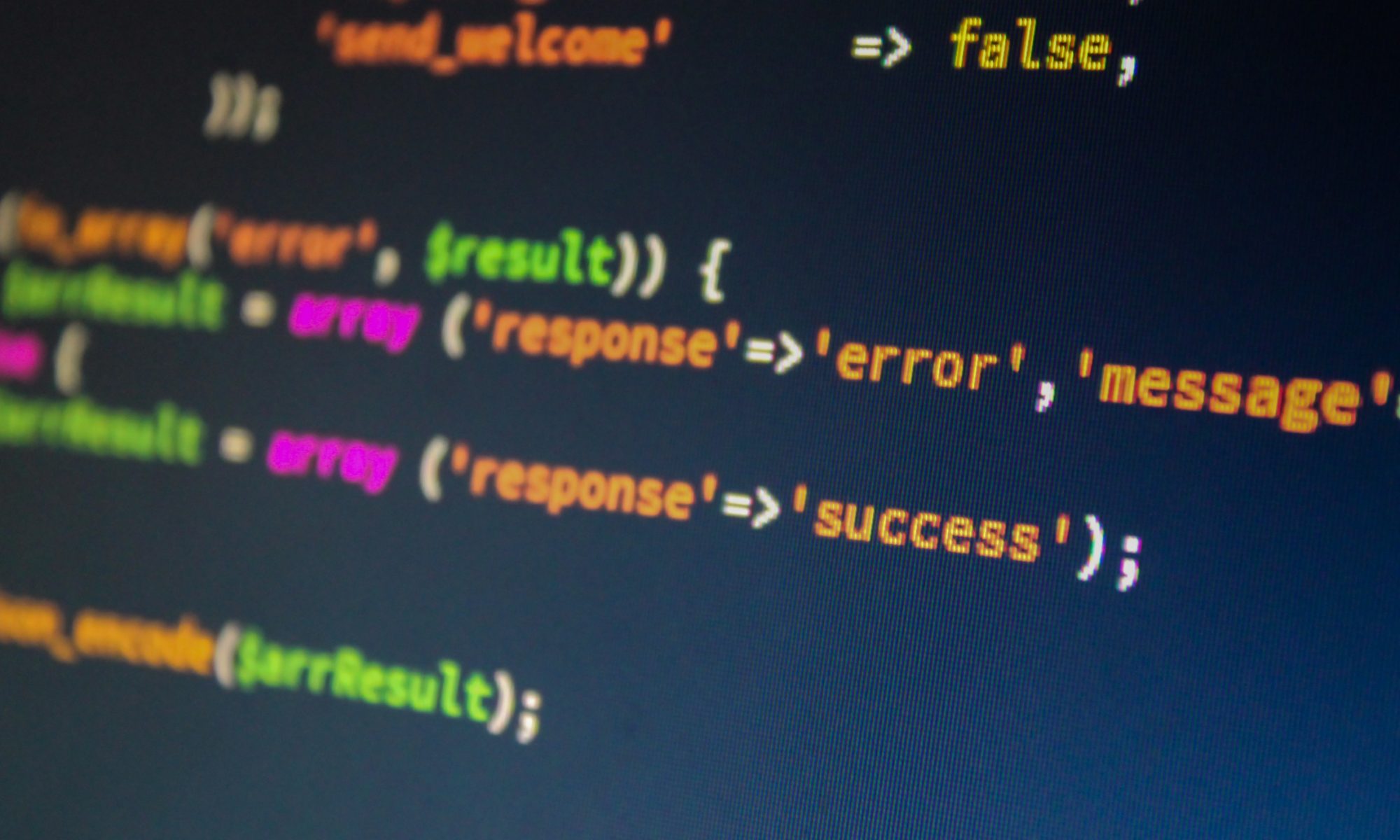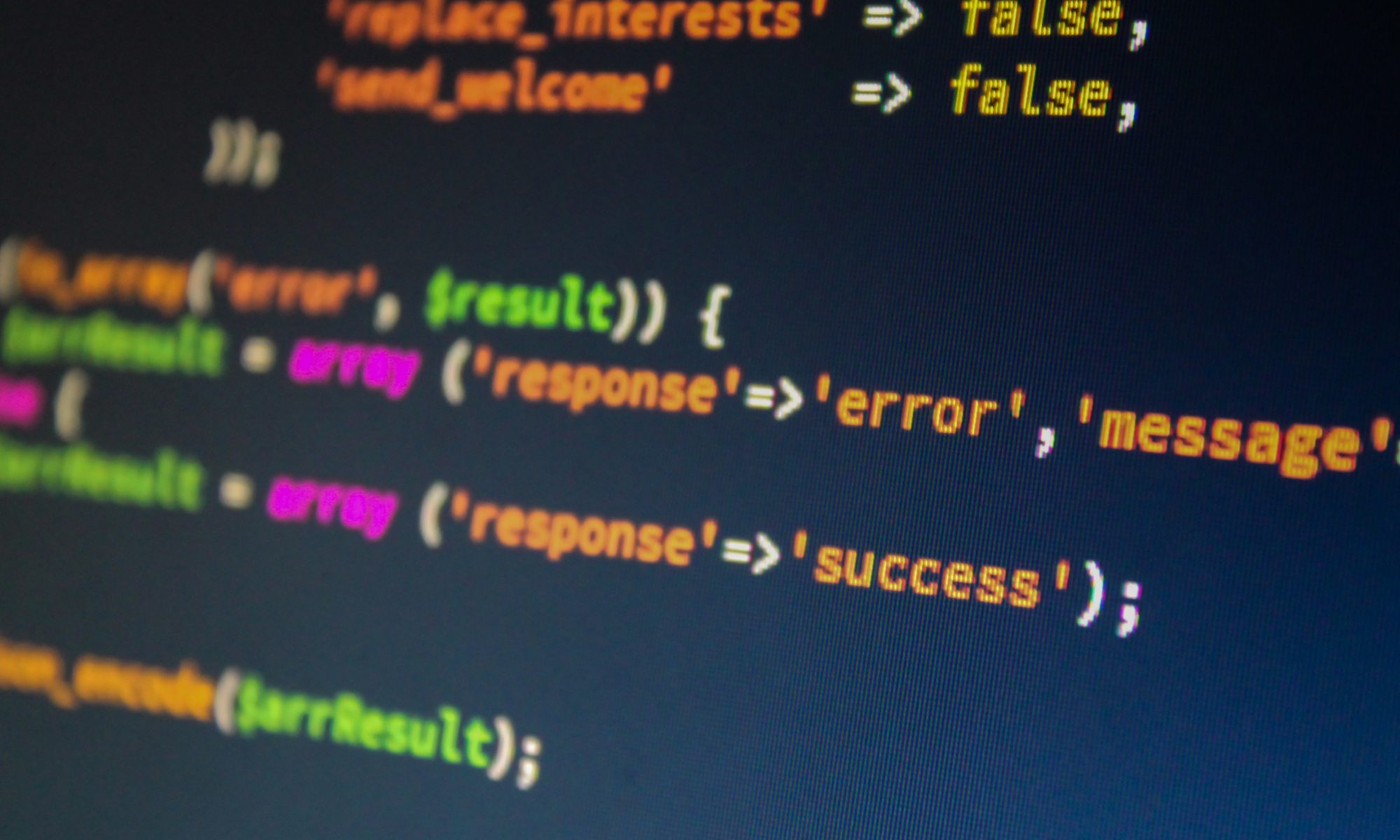PHP functions are similar to other programming languages. A function is a piece of code which takes one more input in the form of parameter and does some processing and returns a value.
Setting up an Active Directory Domain Controller using Samba on Ubuntu Server
This tutorial documents the steps to get Samba 4 working as a Active Directory Domain Controller using Ubuntu 16.04.
A Very Simple Inline Class in C++
This is the first example of a C++ class definition we have shown you. This not-too-exciting program shows some differences between C++ and Java classes.
Ruby Methods (Part 1)
Functions (and later methods) are defined with def. Parameters are given, without types of course. Default values may be provided. Note that when we send an integer, the method does not change the value sent.
Use Certbot Standalone Mode to Retrieve Let’s Encrypt SSL Certificates
Let’s Encrypt is a service offering free SSL certificates through an automated API. The most popular Let’s Encrypt client is EFF‘s Certbot.
Certbot offers a variety of ways to validate your domain, fetch certificates, and automatically configure Apache and Nginx. In this tutorial, we’ll discuss Certbot’s standalone mode and how to use it to secure other types of services, such as a mail server or a message broker like RabbitMQ.
Ruby Iterators
Ruby iterators are methods which take and run a block of code. The block can be delimited by curly braces or by the keywords do and end. The brackets have higher precedence, and variables declared in them are destroyed when the bracked code exits.
Ruby Case Expression
The ruby case statement is similar to the C/C++/Java switch, but more directly related to the similar (and superior) structures from Pascal and Ada. First, it assumes that each case ends where the next one starts, without needing a break to terminate a case. Secondly, each case can be expressed rather generally, with a single value, a range of value, or a list containing some of each.
Anatomy of a WordPress Plugin
Ruby For Loop
The Ruby for loop is similar to the Python for or the perl foreach. Its basic operation is iterate over the contents of some collection. This may be an actual array or a range expression. A range expression is two numbers, surrounded by parens, and separated by either two dots or three. The three-dot form omits the last number from the range, while the two-dot version includes it. The three-dots version can be quite useful for creating a range of legal subscripts since the array size is not a legal subscript.
Ruby While Loops
The while loop is conventional, but it also has a postfix form.


